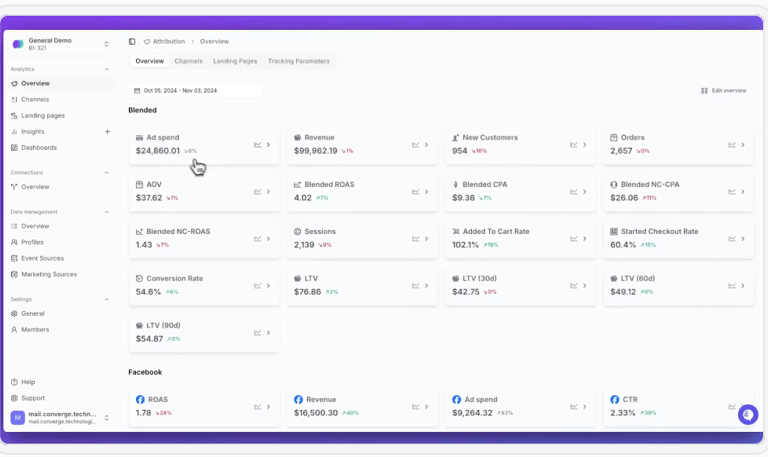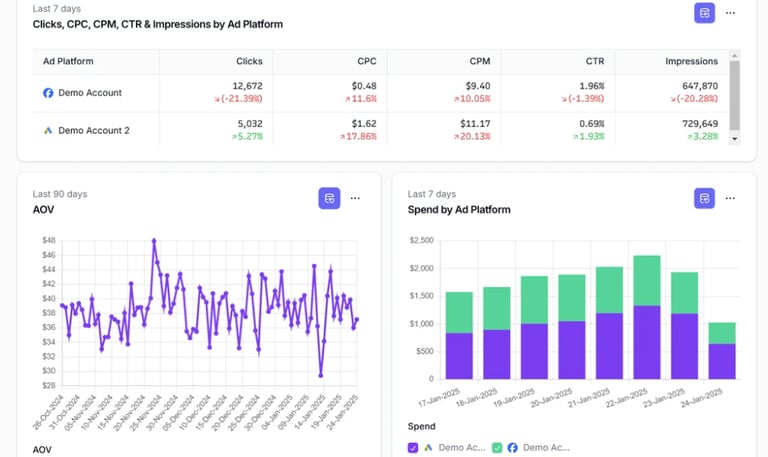
Integrated Reporting
In early 2025, I partnered with a fast-growing health-tech start-up based in Amsterdam that had just secured its first round of scale-up investment, an impressive milestone within its first year of operation.
The company had launched a direct-to-consumer medical services platform, offering access to medical equipment typically provided through on-site or maintenance-based models. Operating under a special purpose vehicle (SPV) structure, their model represented an innovative “direct-to-stock” approach to healthcare distribution and investment scalability.
The rollout included the UK, Netherlands, Germany, France, Switzerland, and gearing up for US market entry.


The Challenge
The client’s ecosystem had grown quickly, spanning multiple WordPress-based sites, template-driven pages, and disparate regional domains.
Each market used different data architectures, payment gateways, and tagging setups, resulting in inconsistent data flow and limited performance visibility.
My first step was to map the full commerce and data journey, auditing how customer interactions, transactions, and marketing signals moved across platforms.


The Solution
Over a 12-week engagement, I:
Mapped and restructured the end-to-end data layer, aligning all regional websites to a unified tagging framework.
Implemented Meta pixel and Google Ads tag integrations, ensuring full cross-domain event tracking.
Connected API tokens and updated site headers to enable automated data synchronisation.
Designed the new tag layout within Run Converge, linking advertising, transactional, and behavioural datasets.
Consulted with the executive team on cloud migration dependencies, ERP alignment, and payment gateway logic to future-proof scalability.
Migrated large-scale financial datasets into a dynamic dashboarding layer integrating Google, Meta, and transactional data sources.




The Outcome
Within just two weeks of gaining platform access, real-time dashboarding and cross-country reporting were live, giving the leadership team immediate visibility into performance, ad spend, and conversion health.
Beyond unifying the data ecosystem, I also designed an affordable, scalable integration model tailored for early-stage growth, using API-based connectors and open-source tagging logic instead of heavy enterprise tools.
This approach delivered:
Rapid activation (2 weeks from access to live reporting)
Low-cost infrastructure scaling using modular APIs
Future-ready data architecture aligned for automation and international expansion
A framework startups can replicate without heavy engineering dependencies, ensuring data-driven results from day one.
This project proved that even early-stage companies can achieve enterprise-grade data visibility and automation, if architecture is designed for affordability and agility from the start.


